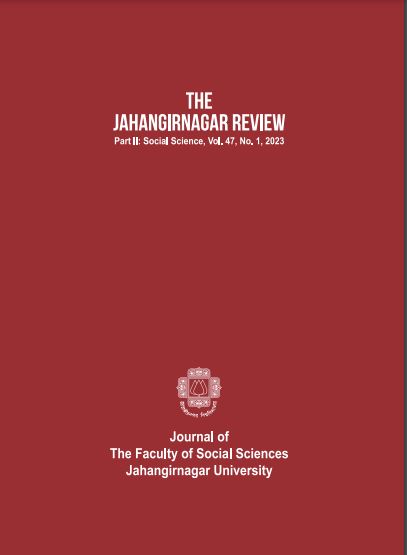Evaluation of the Different Interpolation Methods to Visualize the Temperature Variability of Bangladesh by Using GIS And RS
Main Article Content
Abstract
“Spatial Interpolating Methods” As fundamental Interpolation methods are a tool for estimating spatial continuous data and have been used in a variety of fields related to the Earth's surface. Five spatial interpolation techniques are used in this paper. The interpolation methods used as the determining factor of change and how those method’s outcome/predicted data is closely related to the related data in every particular station data were applied in 38 weather stations of Bangladesh, so that, its output would be significant for weather base research and planning in future. Analysis and accuracy comparison was carried out using random point checks against the real data and predicted data of every station which gives us the outcome by the process of “spatial interpolation methods”. This paper used five methods IDW (Inverse Distance Weighting), GP (Global Polynomial), KS (Karnel Smothing), RB (Radial Basis), and Kriging, which are the most used techniques of interpolation methods. These experimental shows show the predicted value as well as the predicted map According to the predicted value by interpolating with the nearest weather station’s data. Its finding gives up a great massage in which the interpolation method/technique is mostly accurate than others.

